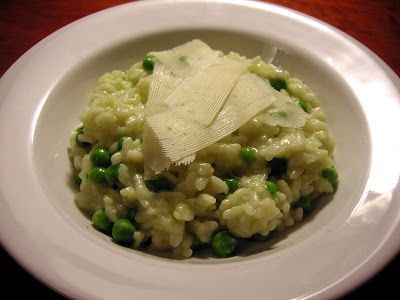Kenchin Udon
This soup features fresh udon (soft wheat noodles), fresh shimeji mushrooms, dried shitake mushrooms, daikon radish, carrots, snow peas, yu choy (a mild Chinese green), and two types of tofu:
Abura age is thin, fried tofu - also used to make inari sushi (tofu pouches stuffed with sushi rice).

And yuba is a tofu skin which forms on simmering soy milk and is dried into thin sheets:
Although I liked the variety of vegetables and tofu in this udon dish, I didn't think the shitake/kombu broth had much depth. It's difficult to create full-flavored vegetarian broths, and traditional buddhist cooking has the additional constraint of not using onions either.
I like the idea of augmenting the udon with a healthy selection of vegetables and tofu, but I would add some dried fish (katsuo-bushi or iriko) to enhance the stock, since I consider the broth to be the sublime pleasure of soup noodles. Or perhaps Elizabeth will be able to rework the shitake/kombu broth to be more flavorful.














